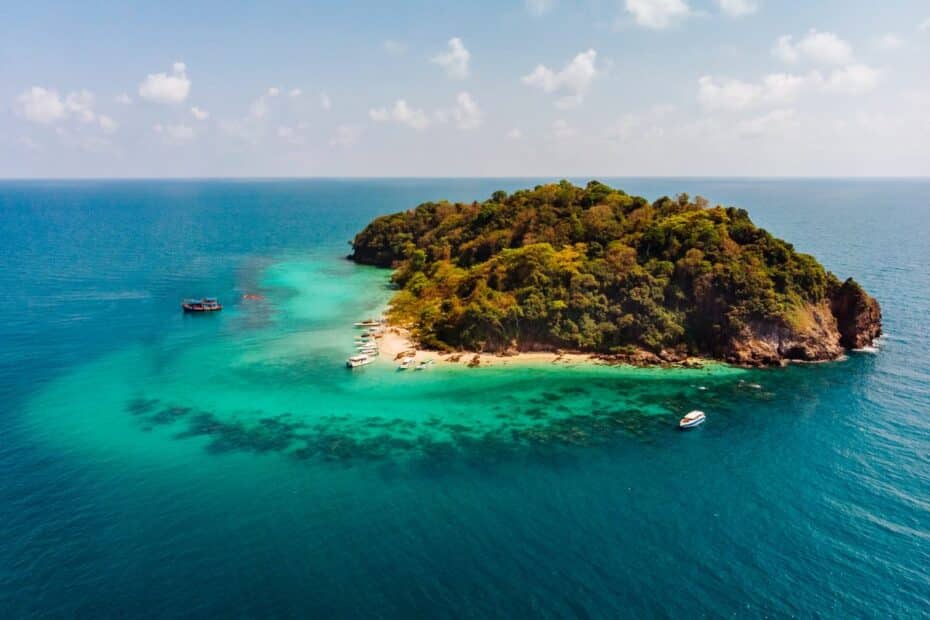In the vast expanse of our planet’s oceans lies a tapestry of islands, each with its own story, culture, and natural beauty. Many of these islands bask in the limelight, their beaches thronged with tourists, and their names synonymous with paradise. Yet, beyond these well-trodden sands are the world’s most underrated islands – hidden gems that have escaped the crowded guidebook pages and the clamor of mainstream tourism.
From the volcanic islands to the whispering forests, these underrated islands beckon the intrepid explorer. They are places where the wildlife is unafraid, the landscapes are unspoiled, and the local culture is not just a show for tourists but a way of life that welcomes the curious.
This is an ode to the world’s most underrated islands, an invitation to discover the undisturbed tranquility and adventure that awaits in these secluded corners of the globe.
1. São Tomé and Príncipe
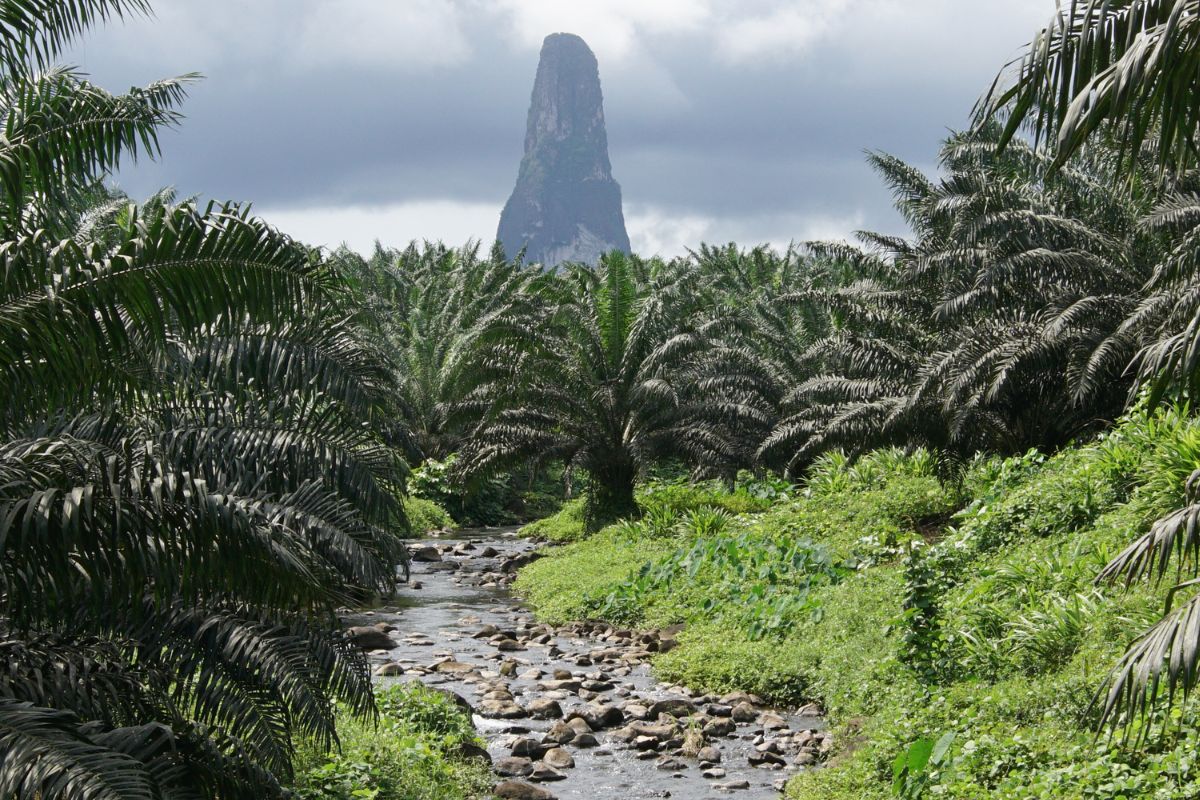
São Tomé and Príncipe, often called the “African Galapagos,” is a hidden gem on the equator, off the coast of West Africa. This two-island nation is the second-smallest in Africa and remains one of the world’s least-visited countries, making it an underrated paradise for intrepid travelers. Despite its small size, São Tomé and Príncipe offers many unique experiences yet to be discovered by the masses.
One of the most unique experiences in São Tomé is the opportunity to stand on the equator. The equatorial line runs through the southern part of São Tomé, on tiny Rolas Island, where a stone monument and a world map frieze mark this geographical wonder. Visitors can stand with one foot in each hemisphere, feeling the thrill of being at the center of the Earth. The equatorial location also means a slight gravitational fluctuation, making you weigh less—a fun fact for travelers.
For adventure enthusiasts, hiking up to Pico de São Tomé, the highest peak on the island at 2024 meters, is a must. The trek, recommended for experienced hikers, takes you through the lush Obo National Park, a sanctuary for the island’s unique biodiversity. On a clear day, the panoramic view from the summit is breathtaking, encompassing the entire island and its stunning surroundings, including a view of Príncipe.
The cultural tapestry of São Tomé and Príncipe is vibrant, with one of its most notable expressions being the Tchiloli, a unique form of street theater. This musical performance, a tradition since the 16th century, combines Portuguese Renaissance texts with African elements such as choreography, costumes, and music. It’s a fascinating display of the islands’ cultural fusion.
Diving in São Tomé is another exceptional activity, with the islands’ equatorial waters offering excellent visibility and temperature conditions for underwater exploration. Divers can explore a variety of seabeds, caves, and shipwrecks, encountering the archipelago’s abundant marine life. The diving season is year-round, with certain months offering the chance to see larger fish and even humpback whales.
Beyond adventure, São Tomé and Príncipe is a haven for ecotourists. Príncipe, in particular, is a UNESCO-recognized biosphere reserve with an incredible number of endemic plant and animal species. The islands offer pristine beaches, jungle exploration, snorkeling, fishing, birdwatching, and unique accommodations.
2. Saba
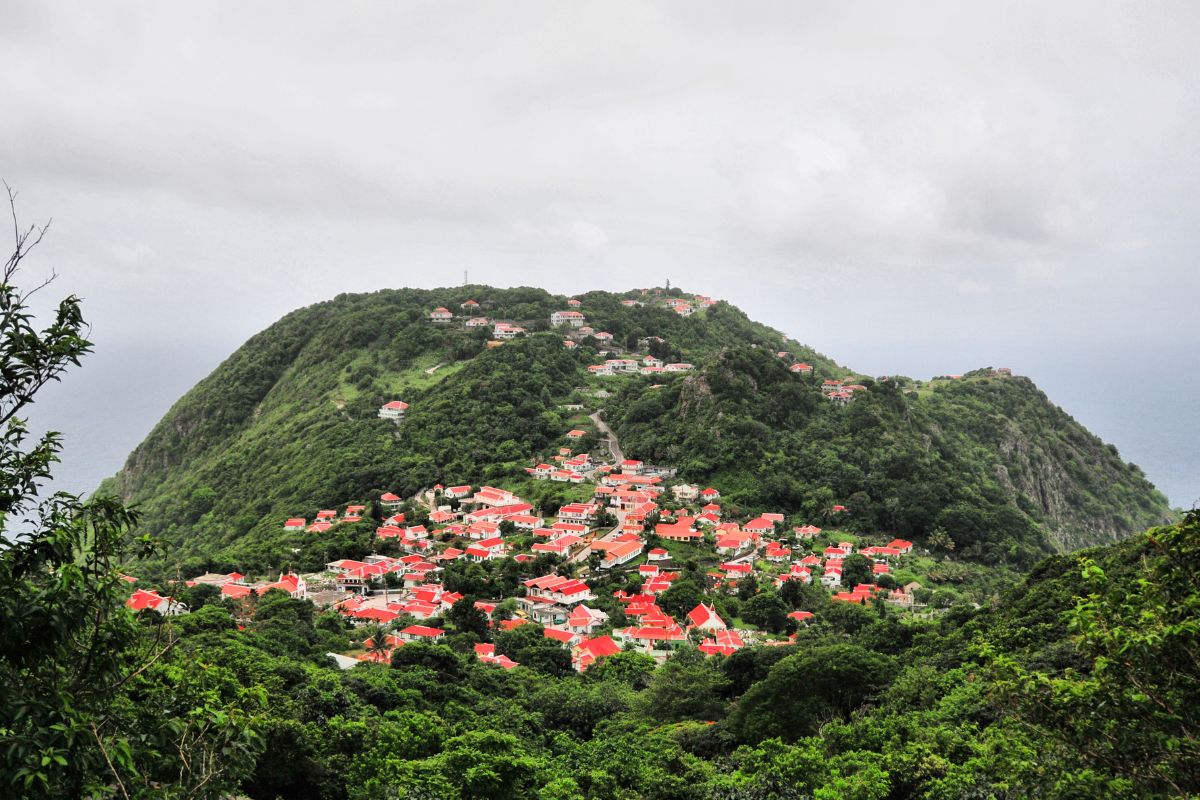
Saba Island, affectionately known as the “Unspoiled Queen of the Caribbean,” stands out as an underrated island in the Dutch Caribbean. With a mere five square miles of land, Saba’s unspoiled beauty is evident in its cobalt blue waters, lush palm trees, and the rugged terrain of a dormant volcano. Unlike its more polished counterparts, Saba offers a glimpse into the past, reminiscent of a Caribbean untouched by the hands of mass tourism.
The island’s charm is amplified by its small-town atmosphere, encapsulated within its four distinct villages: Hell’s Gate, Windwardside, St. John, and The Bottom. Each village boasts a unique personality and pace, yet they all share a common thread of friendliness and a welcoming “Mi Casa es Su Casa” warmth.
Saba’s relative anonymity has shielded it from the crowds of tourists that flock to other islands. Its challenging topography and the world’s shortest commercial runway naturally limit the number of visitors, preserving the island’s tranquility. This exclusivity means those who venture to Saba have a more authentic and intimate experience.
The island’s commitment to preserving its natural environment is evident in its rich biodiversity. Saba is a haven for nature enthusiasts, with over 700 species of plants, the indigenous black iguana, and a significant portion of the world’s red-billed tropicbird population. The Saba National Marine Park, established before any significant damage could occur, is a testament to the island’s proactive approach to conservation.
For the adventurous, Saba offers world-class diving and an extensive network of hiking trails. The waters around the island are among the healthiest in the Caribbean, teeming with life and vibrant coral formations. On land, 23 trails wind through the island’s diverse ecosystems, including the ascent to Mount Scenery, which rewards hikers with breathtaking views from the highest point in the Dutch Kingdom.
Beyond its natural wonders, Saba provides a range of cultural experiences. From glass bead-making workshops to the Frangipani Spa, there’s an activity to suit every interest. The island’s culinary scene is surprisingly diverse, with local eateries serving everything from freshly baked goods to exquisite grilled lobster, showcasing the island’s gastronomic prowess.
In conclusion, Saba’s underrated status is a blessing in disguise, offering a serene and authentic Caribbean experience. It’s a place where nature’s beauty is matched only by the warmth of its people, making it a must-visit for those who seek tranquility and adventure off the beaten path.
3. Yap, Micronesia
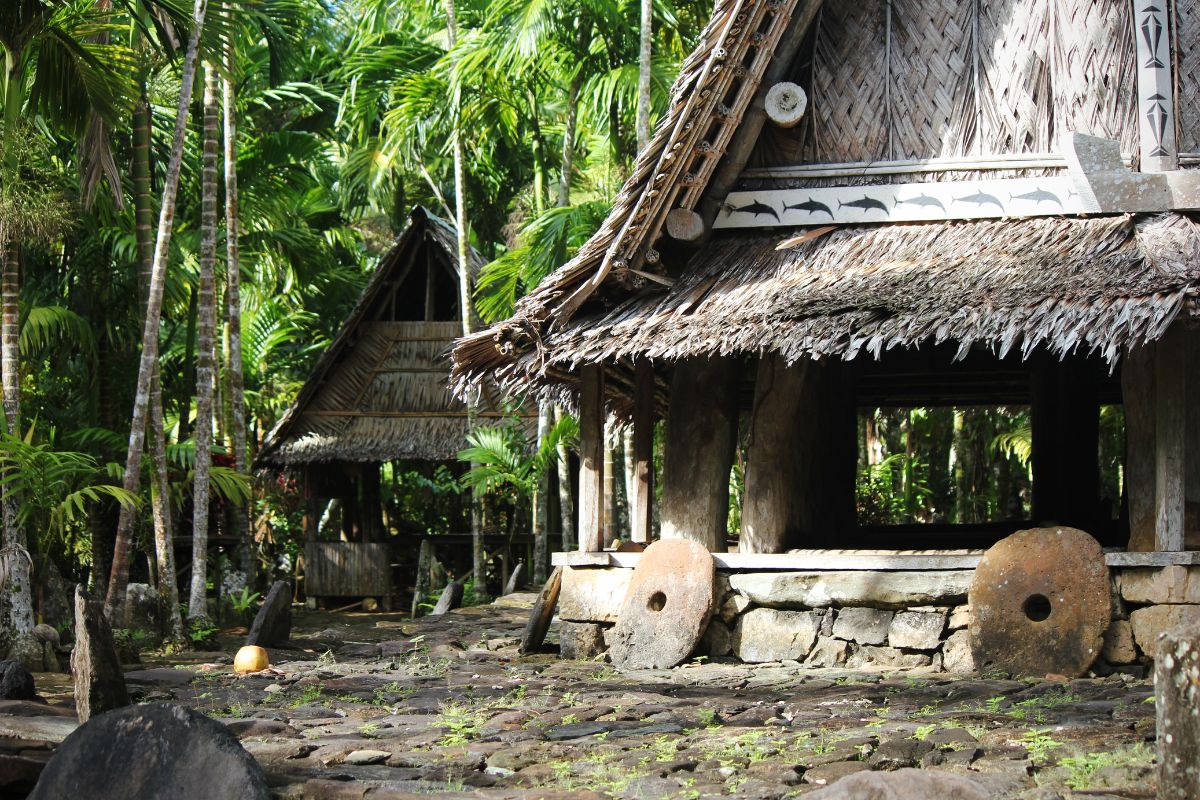
Yap, a small island in the Federated States of Micronesia, is a treasure trove of culture, history, and natural beauty. Yet, it remains one of the most underrated destinations in the Pacific.
One of the most compelling reasons Yap remains underrated is its relative inaccessibility. Reaching Yap involves a long-haul journey from the U.S., typically with multiple flights, including a final leg from Guam. While a deterrent to some, this journey ensures that Yap retains its untouched charm and authenticity.
Yap’s climate is consistently tropical, with average temperatures around 87 degrees Fahrenheit, making it an ideal location for year-round outdoor activities. Visitors can indulge in snorkeling and scuba diving in the clear, fish-rich waters, or kayak through serene mangrove swamps. The Tamilyog Trail offers a two-hour trek through diverse landscapes, providing stunning coastal views and passing through dense forests.
The island’s cultural heritage is deeply ingrained in its daily life. Yapese villages feature traditional thatched-roof dwellings and giant stone money known as ‘rai,’ which is still recognized as a form of currency alongside the U.S. dollar. These stone discs are not only a means of exchange but also hold significant social and ceremonial value.
Yap’s history is equally fascinating, having been under Spanish, German, and Japanese rule before becoming part of the Federated States of Micronesia in 1986. The island played a crucial role during WWII as a Japanese naval communication center and is dotted with relics from the war, including plane wrecks and anti-aircraft guns.
For those interested in marine life, Yap is a haven. It’s one of the few places to encounter manta rays yearly. The waters also offer opportunities for wreck-diving, shark dives, and wall dives, catering to both novice and experienced divers.
In summary, Yap is a destination that offers a unique blend of natural wonders, cultural richness, and historical significance. Its underrated status is part of its allure, promising an authentic experience for those willing to journey to this remote Micronesian paradise.
4. Fernando de Noronha, Brazil
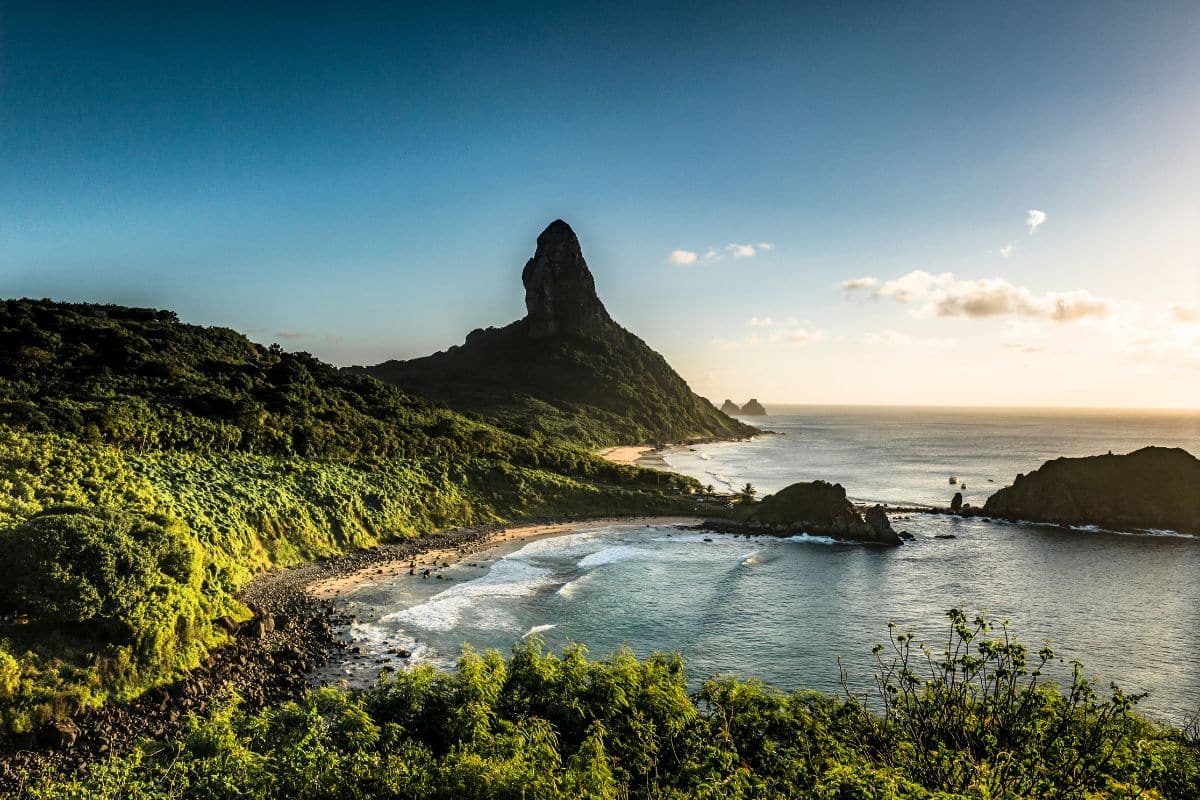
Fernando de Noronha is an archipelago whose beauty and exclusivity have kept it one of South America’s most underrated treasures. Situated 354 kilometers off the Brazilian coast, it is a sanctuary of unspoiled beaches, rich marine life, and volcanic landscapes. The archipelago’s underrated status is primarily due to its remote location and the strict environmental policies that limit visitor numbers to around 500 at any given time.
The unique activities in Fernando de Noronha are as diverse as exciting. Diving and snorkeling in the archipelago, with visibility extending up to 45 meters, allows for an intimate view of the underwater caves and vibrant marine ecosystems. Wildlife enthusiasts can revel in the conservation efforts of Projeto Tamar, which protects sea turtles, or wake up early to witness the spectacular sight of spinner dolphins at Dolphin Bay.
For those seeking adventure, Fernando de Noronha does not disappoint. Surfing the waves at Cacimba do Padre beach and hiking to the island’s lighthouse or along secluded beaches provide an adrenaline rush amidst breathtaking natural beauty. As the day winds down, there’s nothing quite like watching the sunset from Boldro Beach or atop one of the island’s historic forts, as the sky bursts into a canvas of oranges, pinks, and reds.
Praia do Sancho, often lauded as one of Brazil’s finest beaches, offers secluded sands through a natural crevice in the rocks. Baía dos Porcos is famed for its crystal-clear waters and the postcard-perfect view of the Morro Dois Irmãos peaks. Baía do Sueste is a must-visit for snorkeling enthusiasts, teeming with turtles and sharks. Praia do Leão is notable for its dramatic waves and as a site for turtle nesting. For an unforgettable experience, the Mirante dos Golfinhos provides a vantage point for observing the acrobatics of spinner dolphins at dawn.
5. The Andaman Islands, India
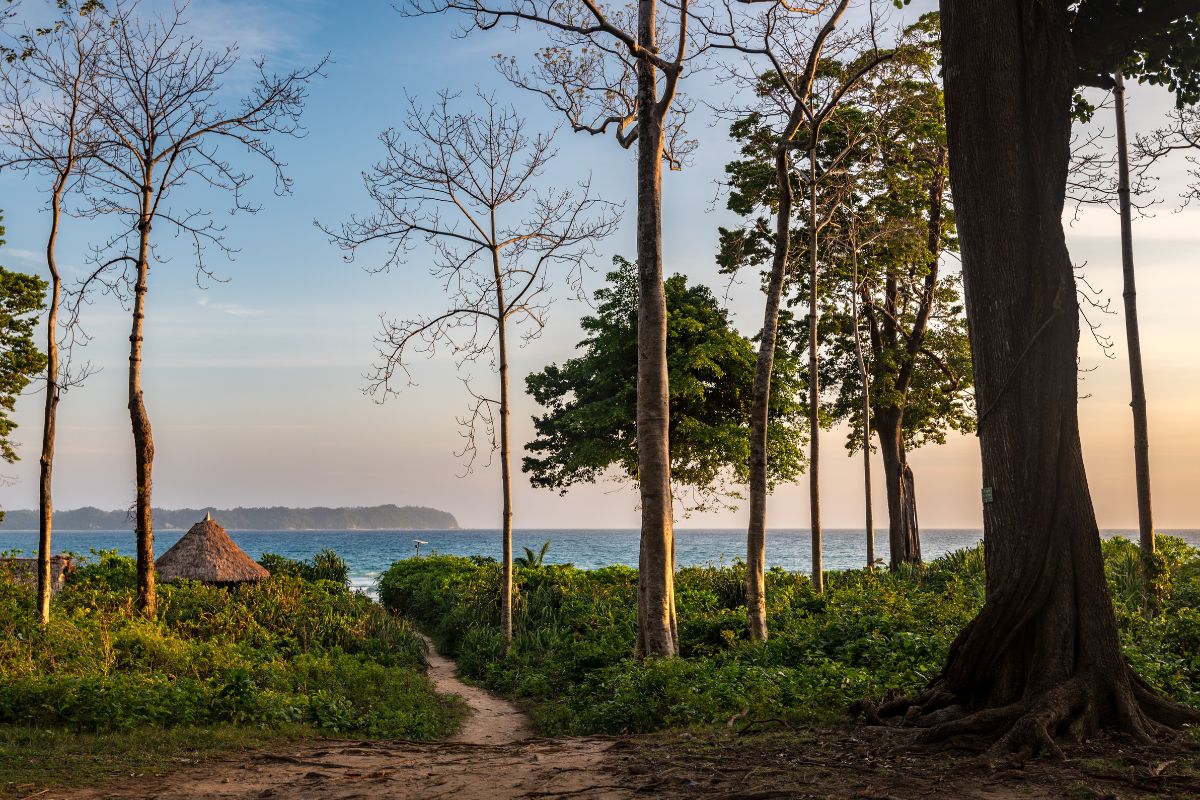
The Andaman Islands, India’s most remote state, are a hidden gem nestled more than 1,000 kilometers off the east coast in the Bay of Bengal. Cloaked in deep green tropical forests, the islands are a haven for wildlife, including rare bird species. However, the true allure for visitors is the stunning beaches and the immaculate reefs encircling most of the islands.
The waters of the Andaman Sea are home to vibrant fish and corals, offering some of the world’s richest and most unspoiled marine reserves, ideal for snorkeling and scuba diving. Despite their natural beauty, the Andaman Islands remain underrated, possibly due to their relative inaccessibility and the overshadowing fame of other Indian destinations.
Scuba diving and snorkeling in the clear waters reveal a mesmerizing underwater world of marine life and coral reefs. Wildlife enthusiasts can revel in the forests teeming with various fauna, including rare birds. Adventurous souls can trek to Saddle Peak, the highest point in the Andamans, for breathtaking views, or surf the waves at Little Andaman, which is gaining popularity for its excellent surfing conditions.
Visitors to the Andaman Islands are treated to a plethora of sights. Radhanagar Beach is renowned for its pristine sands and crystal-clear waters, often listed among the best beaches in the world. The Mahatma Gandhi Marine National Park is a snorkeler’s paradise with a diverse ecosystem. The historical Cellular Jail narrates the tales of India’s freedom struggle, while Ross Island offers a glimpse of the colonial past amidst nature’s reclaiming of ruins. Neil Island provides a quieter beach destination with stunning sunset views and a laid-back vibe.
In summary, the Andaman Islands are an underrated paradise, offering a serene escape with many activities for nature lovers, adventure seekers, and cultural enthusiasts alike. With careful planning and respect for the environment, a trip to the Andamans can be an unforgettable experience.
6. Tanna Island, Vanuatu
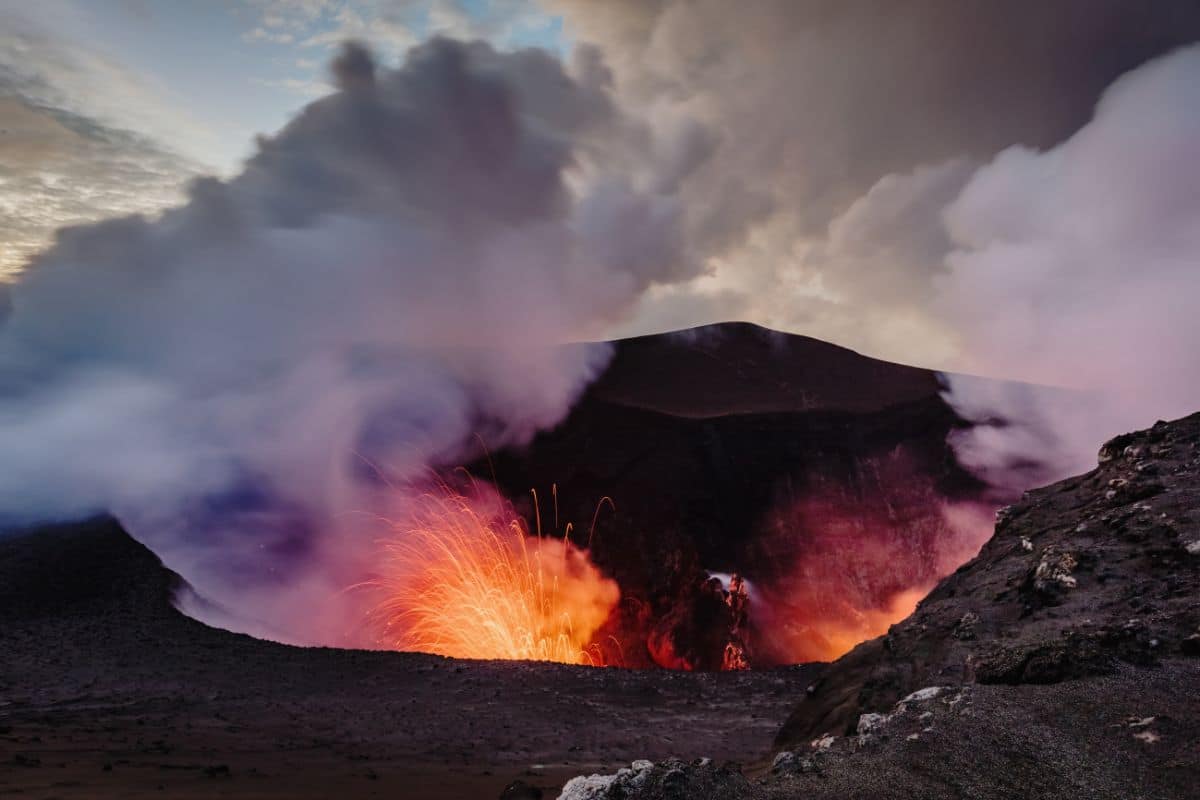
Tanna Island, a lush and rugged gem in the Vanuatu archipelago, remains one of the Pacific’s most underrated destinations. Despite its small size, Tanna is bursting with natural wonders and cultural richness that need to be noticed. The island’s relative obscurity is perhaps due to its location, nestled among the 83 islands of Vanuatu, overshadowed by more well-known Pacific destinations. Yet, those who venture to Tanna are rewarded with an authentic and unforgettable experience.
At the heart of Tanna’s allure is Mount Yasur, the world’s most accessible active volcano. The volcano’s constant activity is a magnet for adventure seekers, offering a rare opportunity to witness the raw power of nature up close. The journey to the crater’s edge is a trek and a passage through diverse landscapes, from tropical jungles to ash plains, culminating in the awe-inspiring sight of lava eruptions that light up the night sky.
But Tanna’s wonders don’t stop at Mount Yasur. The Blue Cave tour is a must-do for anyone visiting the island. Led by local guides, the journey to this hidden marvel involves a thrilling boat ride, a swim through crystal-clear waters, and the chance to marvel at the cave’s natural light display, where beams of sunlight create an ethereal blue glow within the cavern.
Another of Tanna’s natural marvels is the Giant Banyan Tree, believed to be over 600 years old and sprawling wider than a football field. A short walk from Leitouapam Village, this colossal living structure is a testament to the island’s ancient and untouched landscapes.
Cultural richness is woven into the fabric of Tanna, with villages like Yakel offering a window into a way of life that has remained largely unchanged for centuries. The villagers’ traditional attire, simple thatched huts, and warm visitor welcome make for a deeply personal and enriching experience. The village gained international attention through the reality TV show “Meet the Natives” and the Australian film “Tanna,” which showcased the villagers’ unique way of life and customs.
Despite its extraordinary offerings, Tanna Island remains underrated, often bypassed by tourists in favor of more accessible or commercialized destinations. Yet, this under-the-radar status precisely preserves Tanna’s charm and authenticity. Visitors can immerse themselves in the island’s natural beauty, from the ash plains of an active volcano to the serene blue waters of a hidden cave, and engage with an ancient and alive culture.
Further reading: World’s Most Underrated Hiking Trails.
